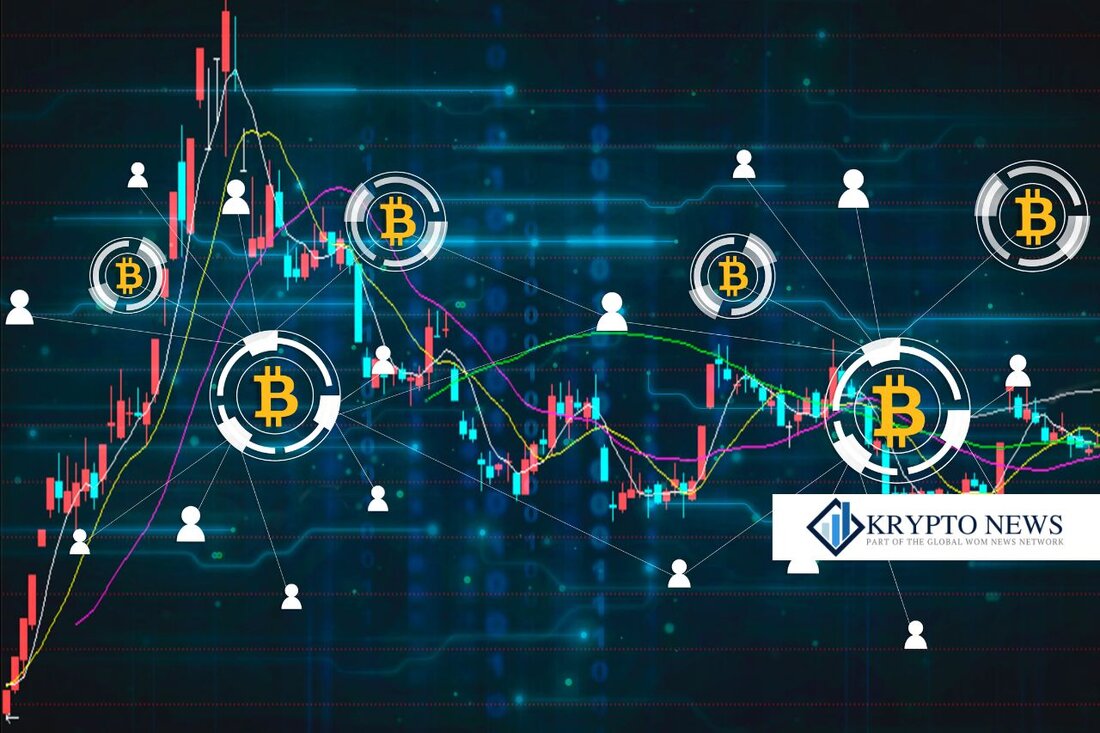New MiCA rules: This is how safe NFTs will be in the crypto market in 2025!
Learn how the MiCA regulation regulates the crypto market, particularly regarding NFTs and investor protection.

New MiCA rules: This is how safe NFTs will be in the crypto market in 2025!
The crypto market has undergone massive changes in recent years. For a long time, this market was unregulated, which encouraged both innovation and criminal activity. However, with the introduction of the Markets in Crypto-Assets Regulation (MiCA), the EU has taken a decisive step towards comprehensive regulation of the European crypto market. These measures are necessary not only to combat money laundering and terrorist financing, but also to increase investor protection and create legal certainty. btc-echo.de reports that…
The MiCA regulation aims at risk-based regulation and creates a legal framework for innovations in the field of distributed ledger technology. From the beginning of 2025, most provisions of the regulation will come into force, while regulations on asset-referenced cryptoassets and e-money tokens are expected to take effect in July 2024. These new regulations require crypto asset providers to prepare a white paper that must be submitted to regulators. BaFin provides information about...
Regulations for cryptocurrencies and NFTs
In the context of the MiCA regulation, common cryptocurrencies such as Bitcoin and Ethereum fall under the new regulations. However, security tokens and non-fungible tokens (NFTs) are excluded from the validity of MiCA according to Art. 2 Para. 3. NFTs that represent digital art, collectibles, or non-fungible services cannot be considered cryptoasset services and do not require a cryptoasset white paper. A crypto asset must also be unique and non-fungible to be considered an NFT.
The clear distinction between NFTs shows that not every crypto asset with unique characteristics is automatically labeled as an NFT. For example, a crypto asset that is part of a series is not considered an NFT. Still, NFTs have the potential to be useful in combating AI-generated counterfeits in the future. Even if a crypto asset qualifies as an NFT, it may be regulated under other legal frameworks, such as as a financial instrument under MiFID II.
Required permits and market surveillance
In Germany, numerous transactions with crypto assets are subject to licensing requirements as a financial service. Providers wishing to publicly offer e-money tokens or asset-referenced tokens must obtain approval from the relevant national supervisory authority. A publicly viewable registry of crypto-assets white papers and crypto-assets service providers will be established at the European Securities and Markets Authority (ESMA), which will also maintain a “blacklist” of providers that do not meet MiCA requirements.
In summary, the new regulation of the crypto market brings both opportunities and challenges. While innovations in the regulated market are potentially restricted due to structures and regulations, the framework conditions for combating illegal activities are being improved at the same time. Crypto investors and founders in the NFT sector should closely monitor current developments and regulations in order to be able to adapt to them in good time if necessary.

 Suche
Suche
 Mein Konto
Mein Konto
